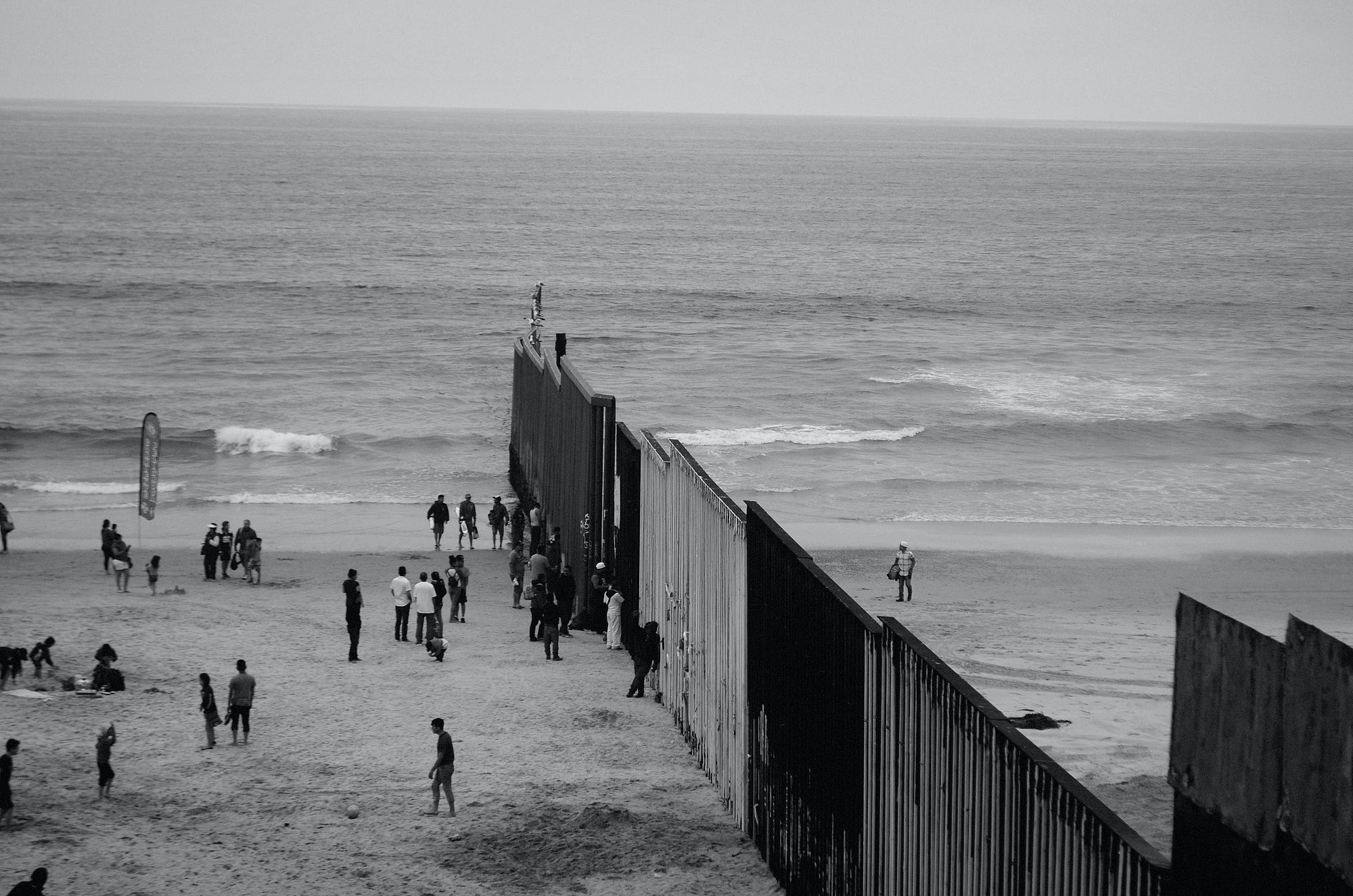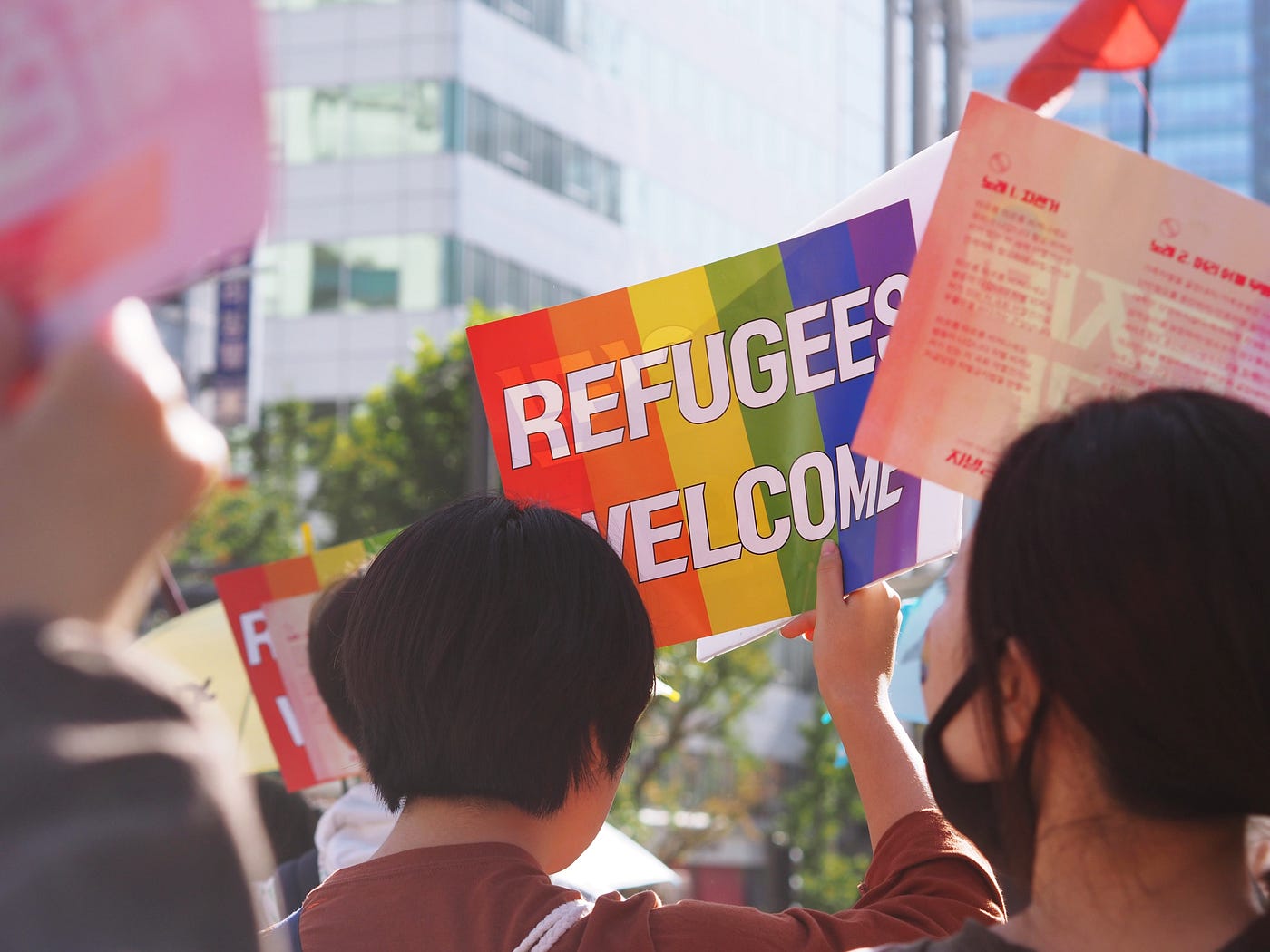Refugees at the Southern Border: A post-Trumpian US
Written by Adam W. Marshall, Esq.
 Image by Max Böhme via Unsplash
Image by Max Böhme via Unsplash
June 2021 marked the first World Refugee Awareness Month since the January 2021 change in presidential administrations in the United States. In prior Footage: Advocacy articles, we explored some of the effects the Trump administration’s policies had on asylum seekers and others attempting entry into the United States through its southern border with Mexico, including the consequences for families separated at the border. This article will instead take a brief look at how a refugee’s experience may be different under this new administration.
It is important to define the terms refugee and asylum. According to the UN Convention and Protocol Relating to the Status of Refugees, a refugee is “someone who is unable or unwilling to return to their country of origin owing to a well-founded fear of being persecuted for reasons of race, religion, nationality, membership of a particular social group, or political opinion.” Recognition as a refugee is important, as the Convention has been signed by 146 countries, and it provides protections and legal safeguards for qualifying individuals. The United Nations High Commissioner for Refugees (UNHCR) is the primary entity that screens applicants around the world to confirm refugee status and eligibility for resettlement in the United States and other receiving countries.
Asylum is the process by which a foreign national already in the United States or at a land border with the United States seeks formal recognition as a refugee. A successful asylum seeker would be allowed to live and work in the United States without fear of deportation.
There were many ways the prior administration endeavored to make it more difficult for refugees to apply for resettlement in the United States or to request asylum once here. One major method was to lower the overall number of admittable refugees. The number of refugees the United States will accept each year is set by a presidential determination. In fiscal year (FY) 1993, the determination was to admit 142,000 refugees. As recently as FY 2016, the number was 85,000; by FY 2021, it had been reduced to 15,000.
With respect to those applying for asylum, through the combination of a joint regulation promulgated by the Department of Justice (DOJ) and the Department of Homeland Security (DHS) and a presidential proclamation, the administration tried in late 2018 to restrict asylum applications to those made by people who have entered the United States through a designated port of entry. This was contrary to federal law, which allows an application for asylum to be made by anyone who is physically present in the United States or who arrives in the United States anywhere along the border, and it was ultimately blocked by the courts.
 Image by Ra Dragon via Unsplash
Image by Ra Dragon via Unsplash
In 2019, DHS began an initiative known as “Remain in Mexico.” Under this program, refugees who arrived at the southern border and were permitted to ask for asylum were given notices to appear in an immigration court in the United States at a future date and were then returned to Mexico to wait. Some, such as unaccompanied minors and citizens or nationals of Mexico, were exempted from this program. Nevertheless, this unprecedented policy raised significant safety and due process concerns for the affected refugees, and the policy resulted in the return of between 57,000 and 62,000 people to Mexico between January 2020 and January 2021.
Later in 2019, DHS and DOJ adopted a joint interim final rule that resulted in the rejection of almost all asylum claims by anyone who passed through a third country on their way from their country of origin to the United States. Commonly called a transit ban, this policy was also blocked by the district court, but the United States Supreme Court allowed it to be reinstated while the case played out in the lower courts.
In another move, relying upon a public health statute within Title 42 of the United States Code, the administration started prohibiting entry of people into the United States who have been in “Coronavirus Impacted Areas” during the COVID-19 crisis, resulting in the expulsion of refugees at the southern border without giving them the opportunity to formally apply for asylum.
These represent some but by no means all the policies of the Trump administration. And since January 2021, the Biden administration has made some changes.
On February 2, 2021, President Biden revoked the 2018 proclamation limiting asylum requests to those made at ports of entry. While important, there was little practical effect to this development since, as we noted earlier, this requirement has been blocked by court order from the beginning.
Regarding the transit ban, the policy was determined to be illegal by both the United States District Court for the Northern District of California and by the Court of Appeals for the Ninth Circuit, but it remained in place due to the Supreme Court’s overriding order. In June 2020 in a subsequent ruling arising out of a different challenge to the same regulation, the United States District Court for the District of Columbia also rejected the ban. In December 2020 on the administration’s way out, DHS and DOJ published a joint final rule to reinstate the transit ban. This, too, was judicially blocked, but to date it does not appear that there has been a proposal to repeal or amend the regulation. While this policy is quite contrary to the stated positions of the Biden administration, it is unclear how or when it will address this issue.
Of course, the status of the transit ban is perhaps rendered somewhat irrelevant by the fact that the Biden administration is still citing Title 42 as authority to block entry of refugees at the southern border. Despite the fact that the COVID-19 situation has improved in the United States thanks to vaccination programs and other efforts, the Biden administration has said it is keeping the policy in place while it rebuilds the capacity to process applications at the border that was dismantled under the prior administration and that asylum seekers will “need to wait” while it works to make a humanitarian system.
There may be greater hope for those refugees who have been required to stay in Mexico while their asylum cases are pending, however. The “Remain in Mexico” policy was suspended by DHS on January 20, 2021, and in February 2021, the Biden administration started to process applications of those waiting in Mexico and began allowing their entry into the United States while their cases proceed. The policy’s formal end was announced by DHS on June 1, 2021. In another positive development, on May 28, 2021 Customs and Border Protection announced it has officially banned the separation of children from parents who cross the border illegally.
Finally, the signing of a presidential determination, after months of unexplained delay, activated a plan to increase the number of refugee admissions for FY 2021 to 62,500. The intention is to enlarge the refugee cap further to 125,000 in FY 2022.
The fate of refugees waiting to have their cases heard and to be resettled remains to be seen. Advocates feeling optimism thanks to rollbacks to prior policies perceived as harmful to refugees may also be experiencing disappointment over initial inaction regarding other protocols. There is also the larger question as to the fate of proposed major immigration reform requiring congressional approval. This administration is fewer than 6 months old, and we will have to keep watching to see whether it truly heralds a new chapter for refugees.
If you enjoy this content and wish to further support Footage's work, please invest here.



Comments
Post a Comment